If you’ve ever seen a teletext animation, there’s a very good chance Ian Irving had something to do with it.
Arguably the world’s first teletext art superstar, Irving pushed the boundaries of the medium’s artistic capabilities in its formative years. As a member of the original Ceefax team, he revolutionised the service with a variety of colourful header graphics, cartoons and illustrations as the medium grew from a novel experiment to a cultural and technological tour de force in the 70s.
By 1986, Irving was an instrumental part of the design team at Intelfax. It was here he created and developed the much-loved character 4-T the Dog as well as numerous animations for 4-Tel on View and Hands Up, a teletext television series teaching children British Sign Language.
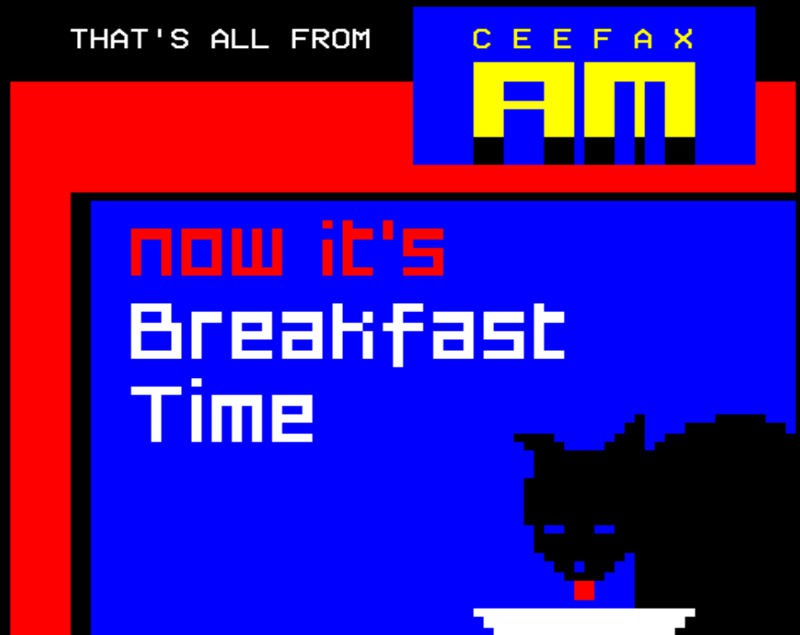
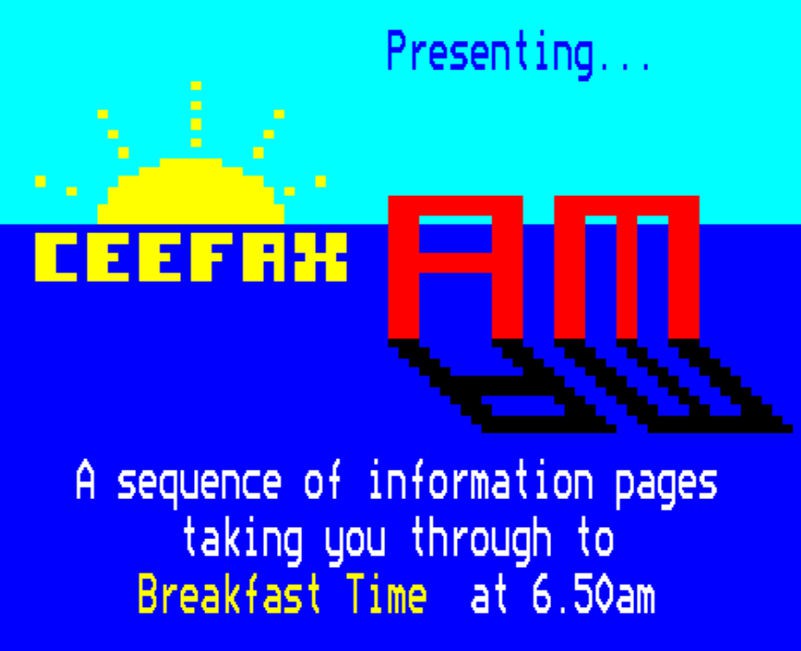
Teletextart: Hi Ian! I’m absolutely honoured that you’ve agreed to answer a few questions for us.
To date we have few captures of the very early days of Ceefax. How prominent were teletext graphics at that time? What are the earliest things you remember designing?
Ian: In the very early days we were barely aware of the graphics side of things, but we gradually started to discover it and play around with it. Anyone could and did have a go.
I remember having the idea – not taken up! – of creating a sequence of abstract whole-screen graphic patterns on rotating sub-pages that could give a changing display on otherwise idle TV screens.
Then we had a “back” page of graphic designs, for example a series of punning illustrations on a cat theme – catastrophe, catatonic, etc.
You’ve archived many editions of your 4-T the Dog cartoon series on your website. I notice that the stories’ art became more complex as time passed – I particularly like the ‘Framed’ edition, which makes great use of background and hold graphics.
What was the production of this series like? Did you storyboard and draw entire ‘episodes’ before they were broadcast in 6-page chunks?
Yes, I suppose I became more and more aware of what one could do with teletext graphics as the 4-T series progressed.
I rarely started out with a complete story in mind, just began with a basic idea and let things happen from week to week (ending a story was sometimes the hardest part – the sort of “it had all been just a dream, after all!” type of conclusion to one or two stories was really a cop-out. But mostly I think I managed to avoid that). Incidentally, it was never called 4-T the Dog, just The Fantastic Advenures of 4-T.
How did the idea for Hands Up come about? Were you approached to produce the series off the back of your 4-Tel animations?
Yes I think the 4-Tel animations gave Channel 4 producer Sue Crockford the idea of using teletext as a (cheaper) way of animating sign language in a series of programmes for deaf children. She wrote the storyline and a British Sign Language teacher Sue Harris (now Unger) kept me up to the mark when it came to accurate depiction of hands and movements.
The whole project took a year (in the course of which I also dabbled with writing software for my BBC/Acorn Master computer, to automate the creation of some animated sequences).
How quickly could you design a page of teletext graphics? It’s not really a competition, but Paul Rose (Digitiser) says he would finish all his graphic design work for the day within about an hour of sitting down at a computer…
It would very much depend on what I was asked to do – an animated sequence could take half a day or more, a channel ident perhaps a couple of hours, an advert maybe longer (and I would often create alternative versions for clients to choose from). Again I devised software routines to allow me to cut and paste, and that sort of thing, that could speed up production.
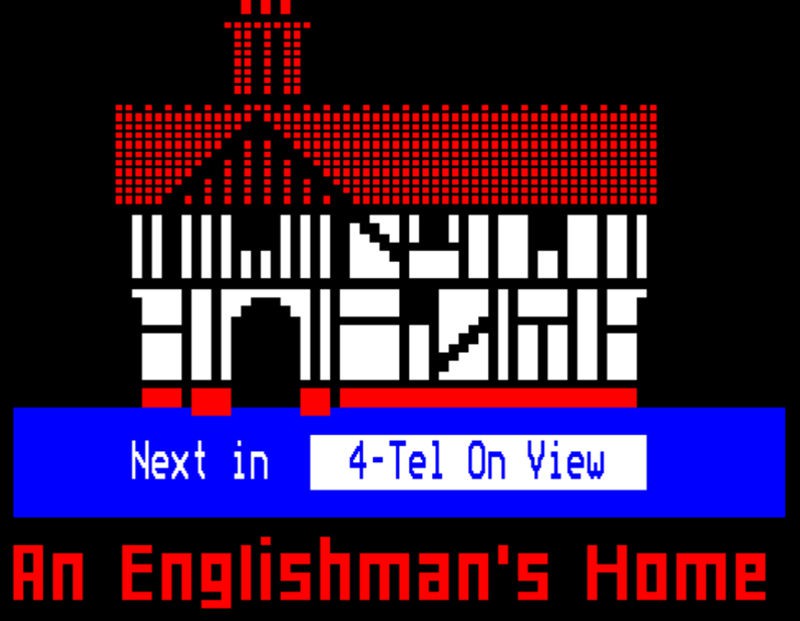
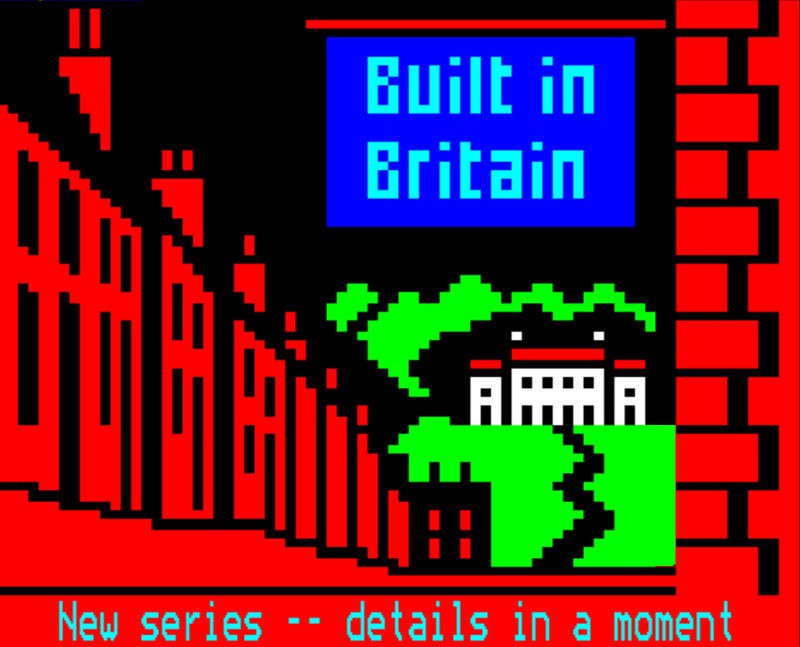
What are your thoughts on the ‘teletext is for text’ cliché? As a teletext journalist and designer, how important would you say the graphics were compared to the news content?
Of course teletext is primarily information, but the way it’s presented is very important; I always felt that the better and more professional the graphics the more credible teletext was as a medium (both for news and information and for advertising).
Have you tried making any teletext art since you finished working for Intelfax? Maybe a new page of 4-T just for old times’ sake?
No, by the time I left Intelfax I was into websites, prototype electronic programme guides and that sort of thing, so teletext had taken a back seat. It was only a couple of years ago I became aware that there was still an interest in teletext and started to revive my Beebs and poke about among old floppies.
However, I have come across the beginnings of a couple of 4-T revival stories (never completed – but I might air one of them as it recalls a number of the villains 4-T encountered during his career).
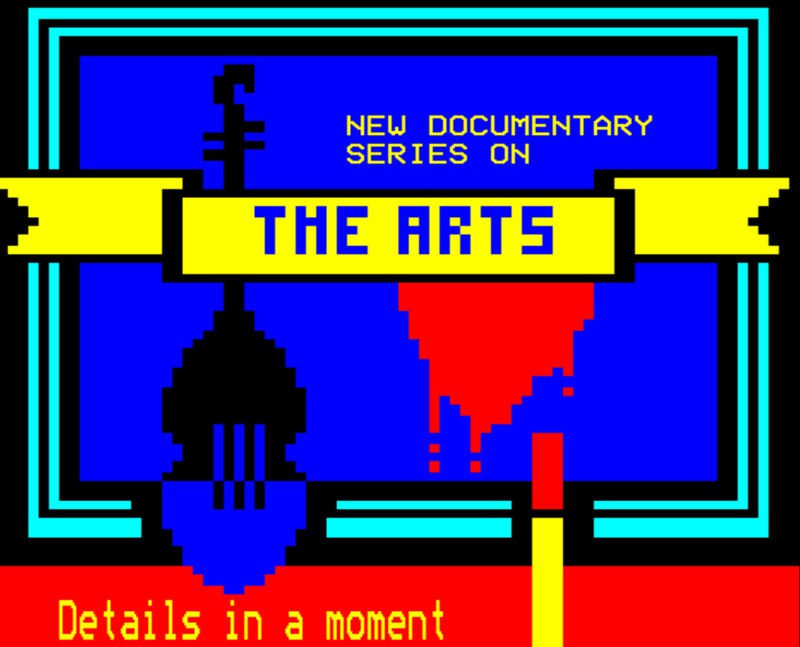
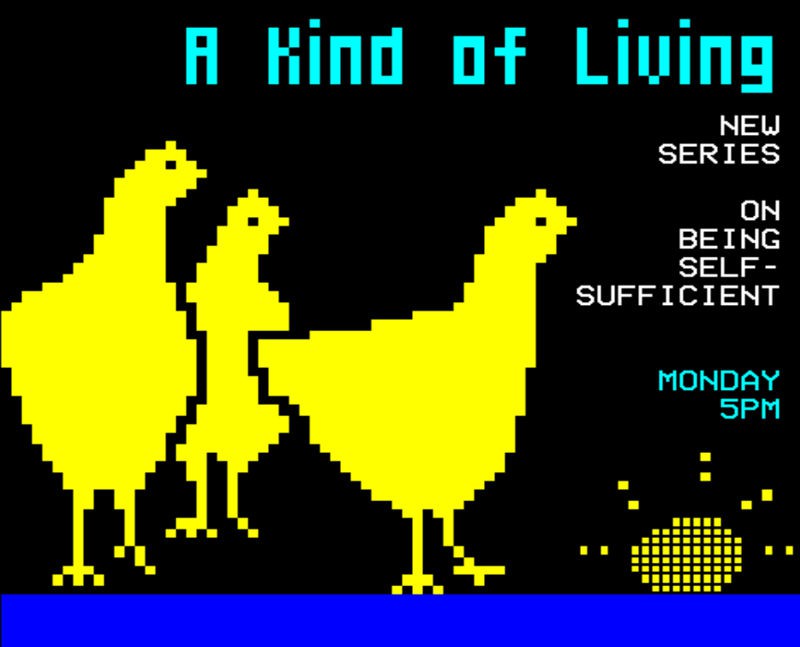
Are you aware of people like Jason Robertson and their ongoing quest to recover teletext pages from VHS tapes, and if so, what were your reactions to seeing your artwork excavated?
Yes, I’m very much aware of those efforts. It’s amazing to be reminded of things done long ago – seeing a certain animation, for example, is like seeing an old friend; though sometimes I think “could have done better”!
What do you think of more recent developments in teletext art such as the International Teletext Art Festival and ARD Text’s teletext artist residencies? If you could go back in time, do you think you might have organised something like that yourself?
I very much admire the art that’s being produced now and glad to see it being promoted, though in a way it’s different in intent to most of my work since there is usually no need to associate it with information.
There were a number of European teletext symposiums during my time – in Amsterdam and Vienna, I remember. Although they were concerned with all aspects of teletext, I seem to remember some kind of graphic design competition (I didn’t win, which is probably why I’ve largely forgotten about it!).
And yes, I’m aware of Raquel Meyers’ work, though I need to get more acquainted with it!
Podcasts
Listen to Ian talk about his work on the Teletext R Podcast (April 2021).
Listen to Ian on Carl’s Teletext People Podcast (November 2022).
Learn more
You can find Ian’s work archived at his website, including his graphics for Ceefax AM, 4-Tel on View and even some of his teletext font designs.




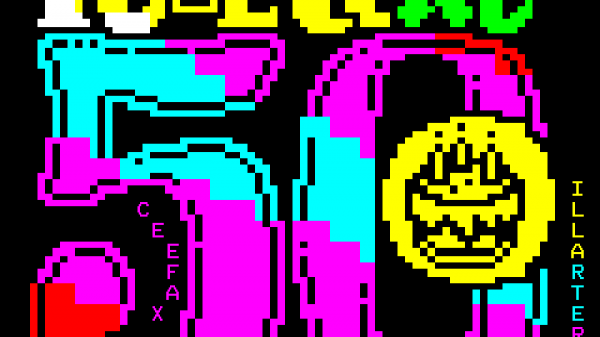
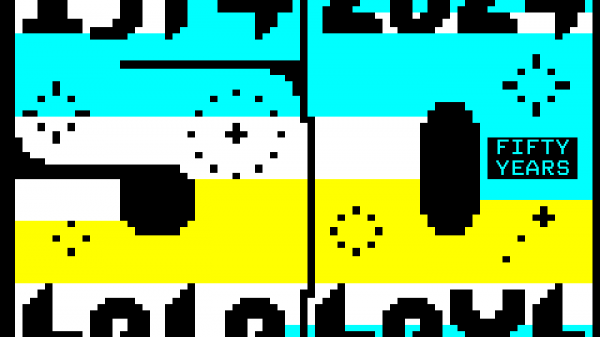
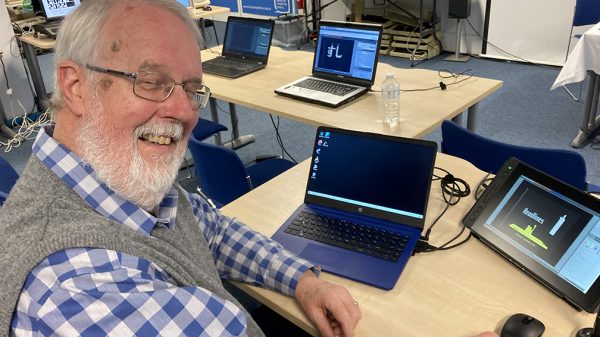
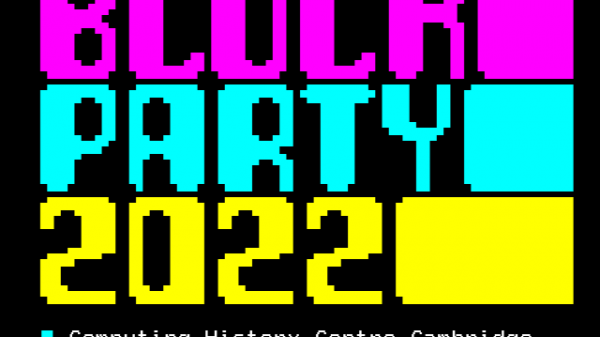
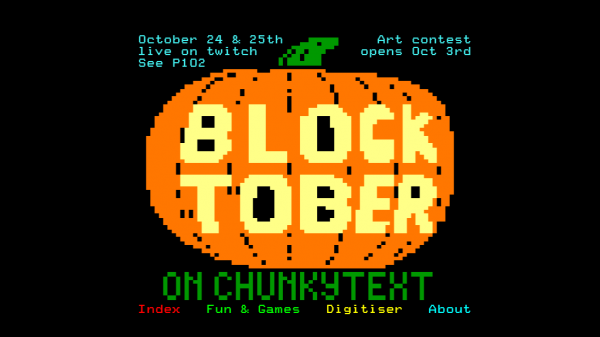
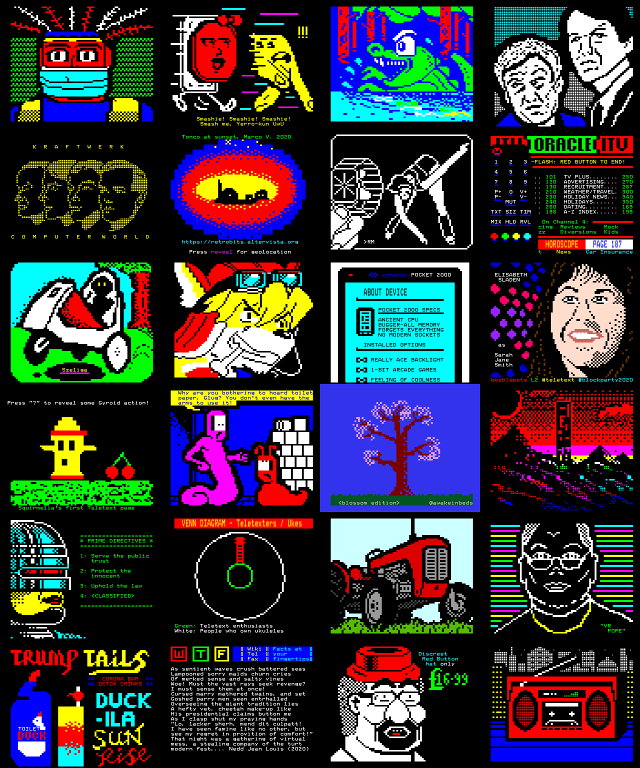
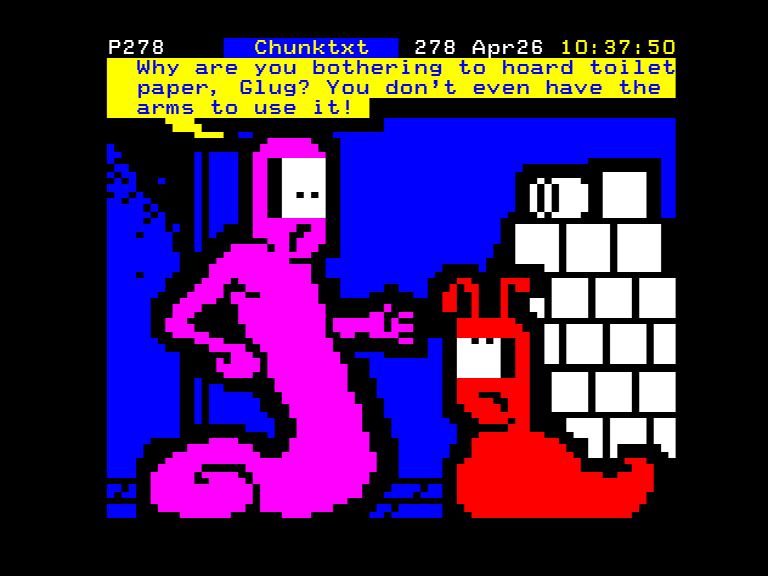
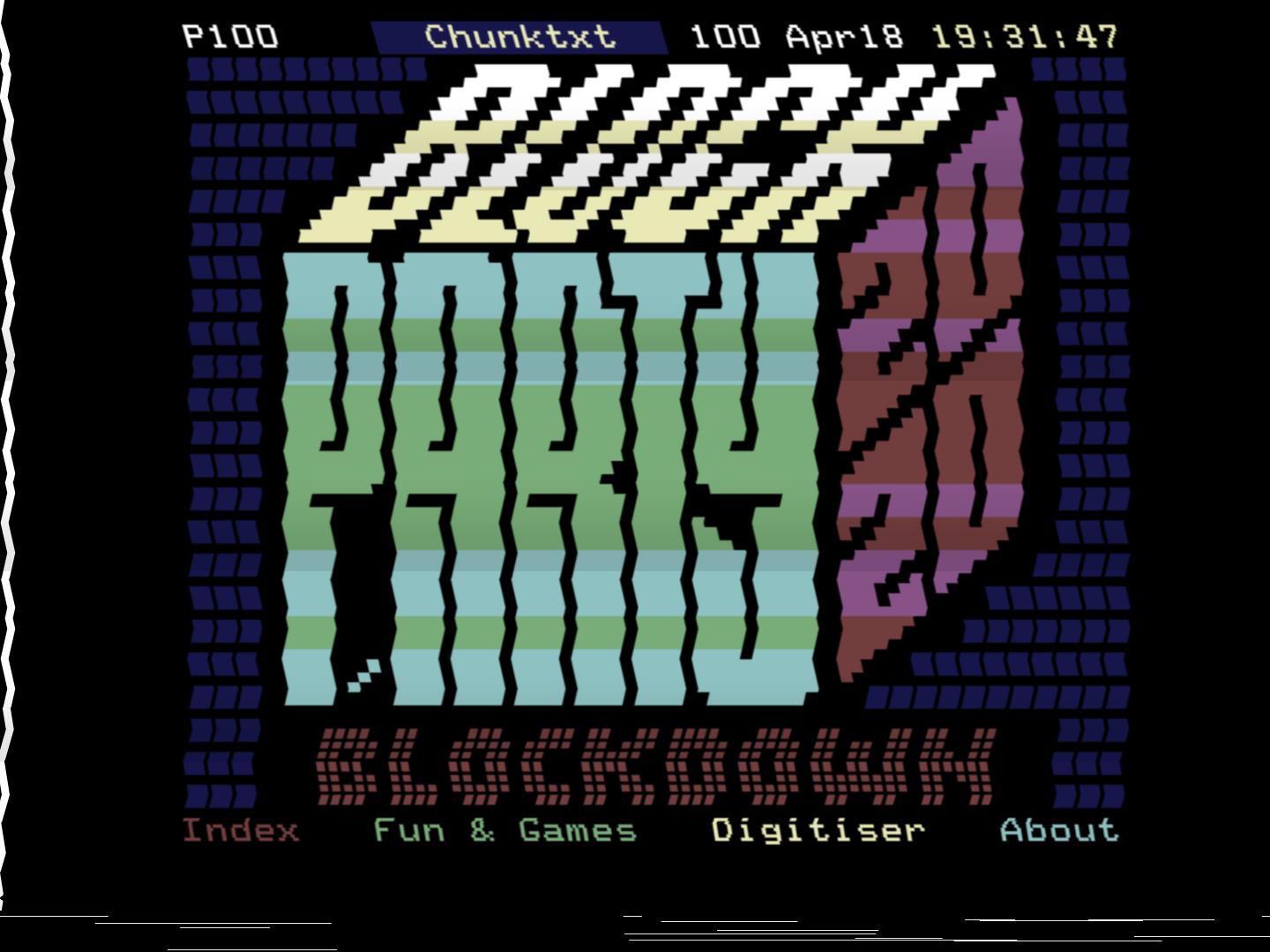
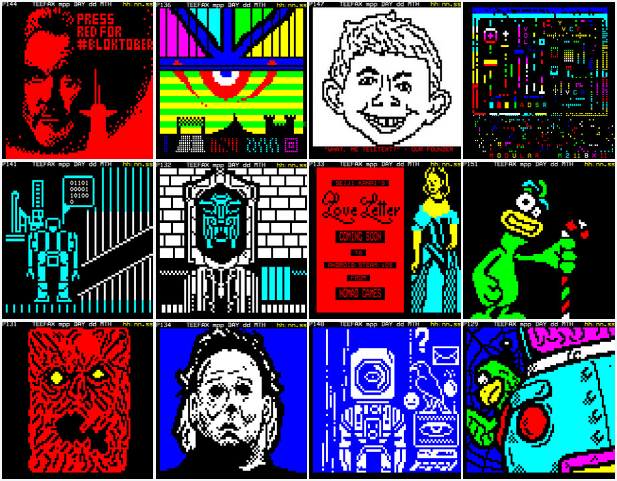
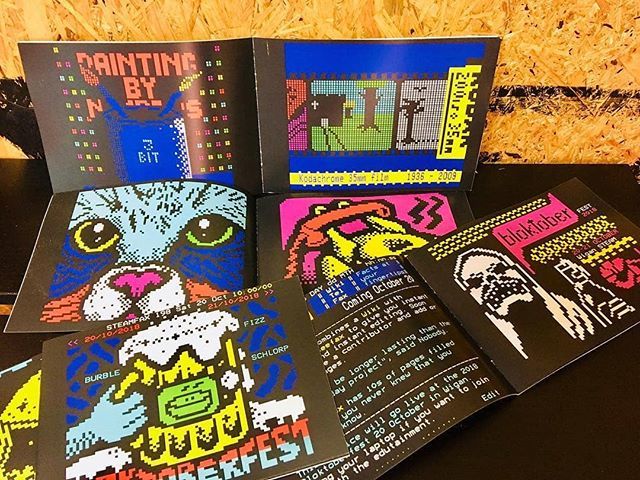
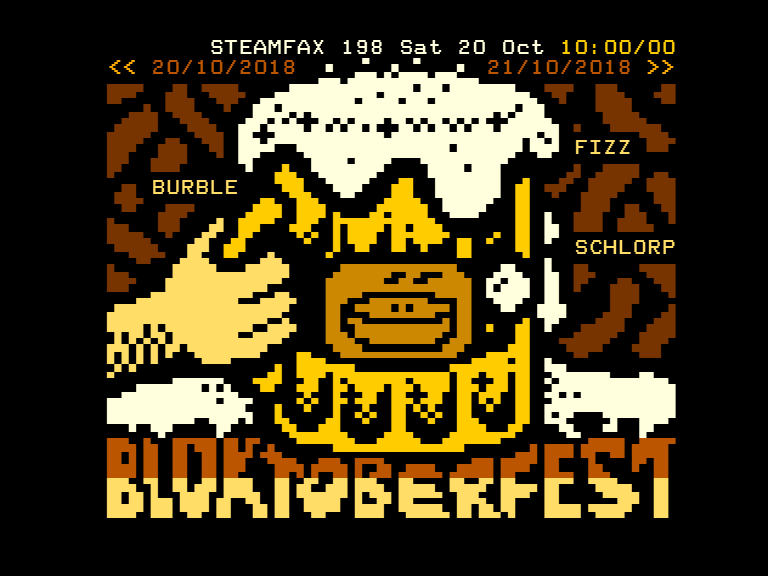
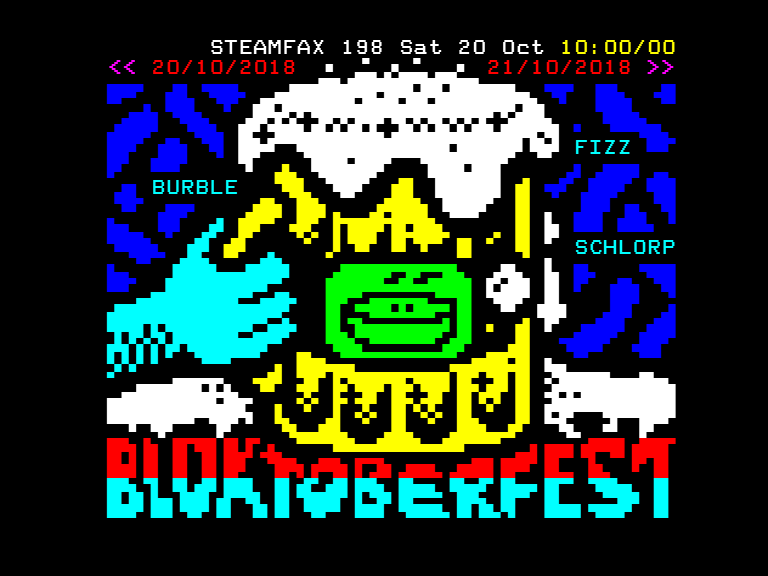
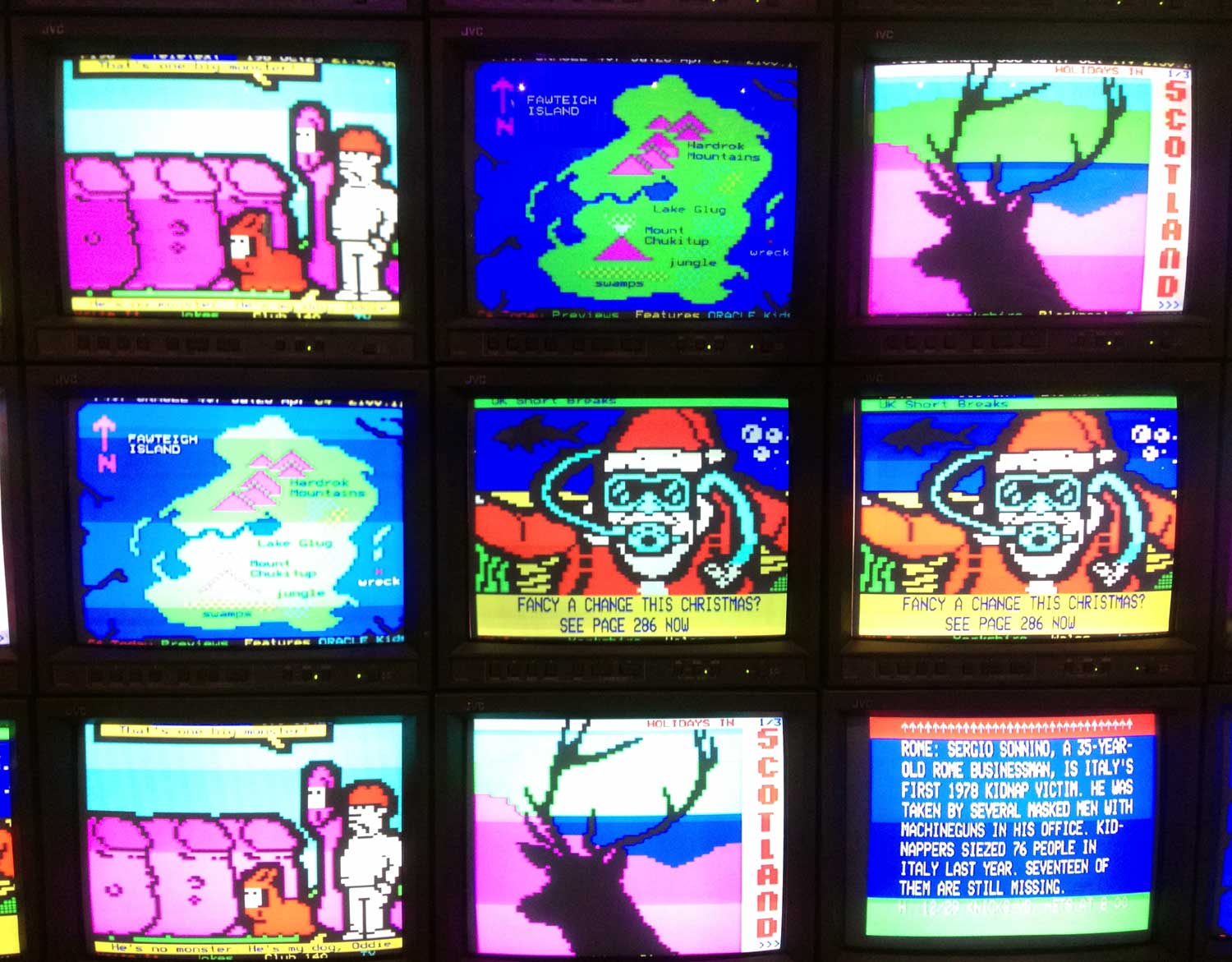
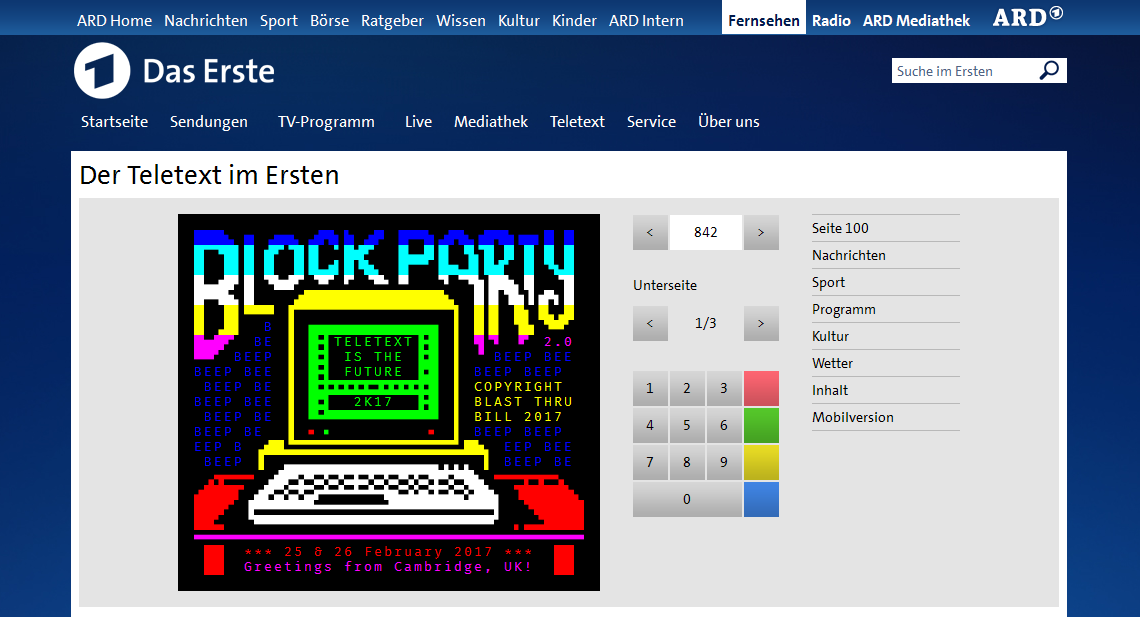
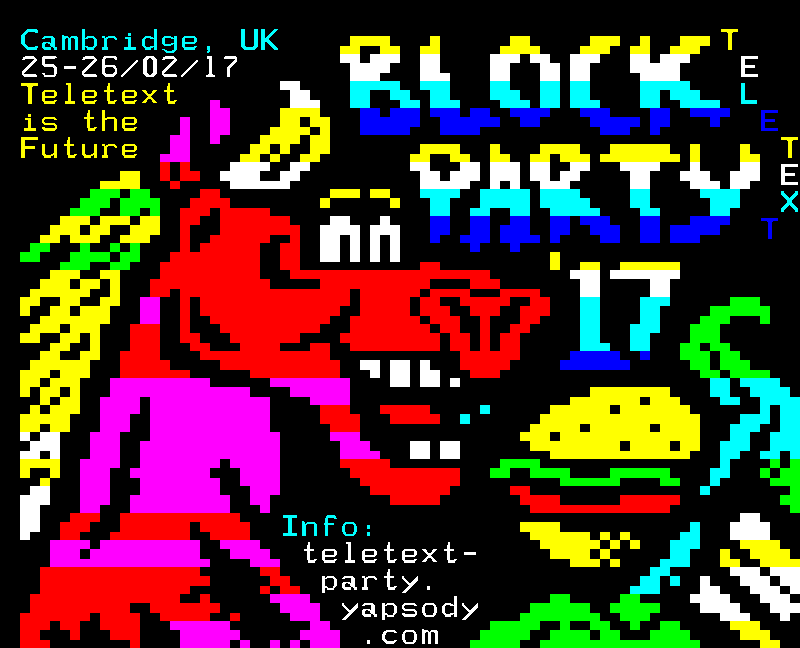
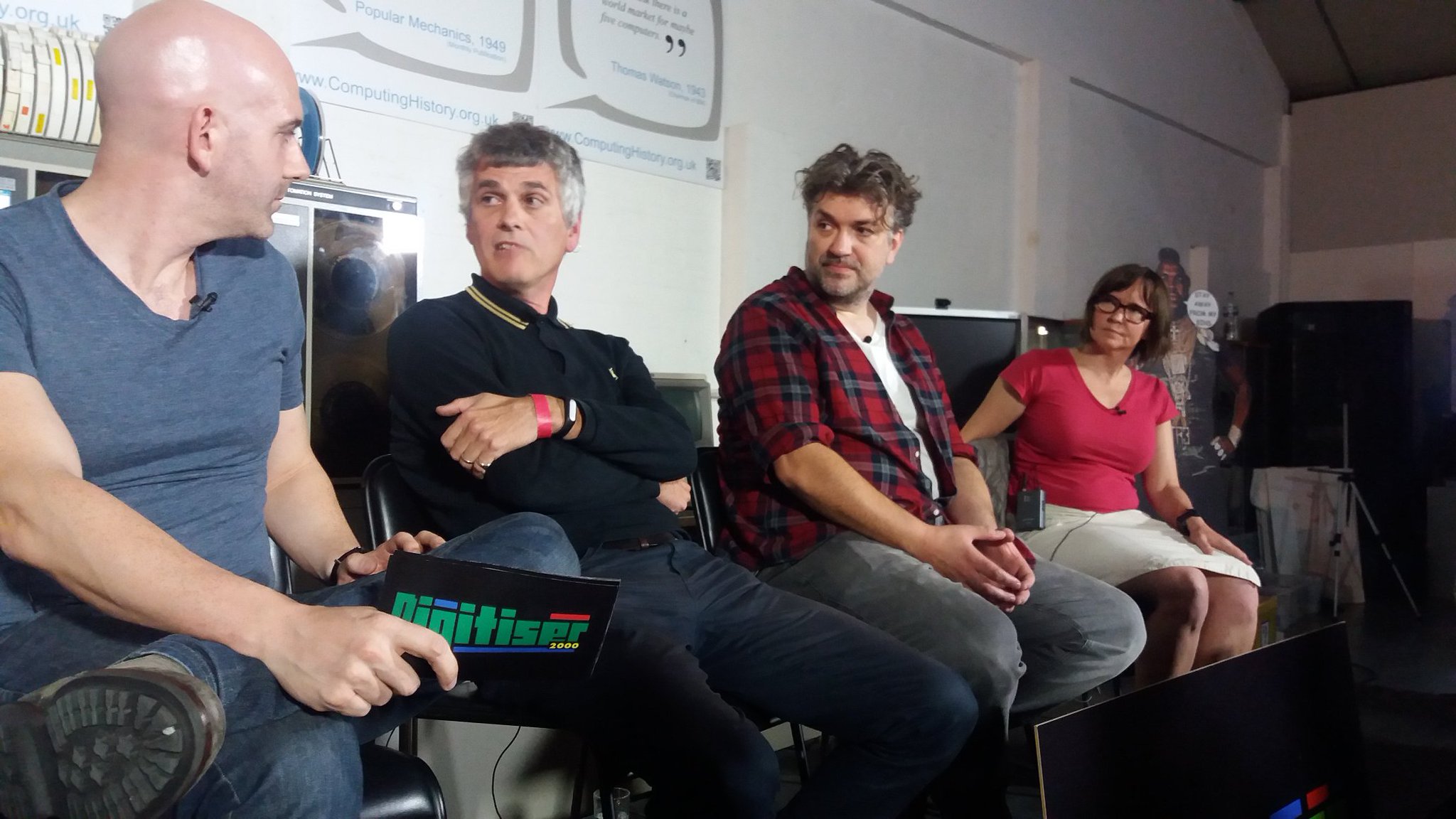
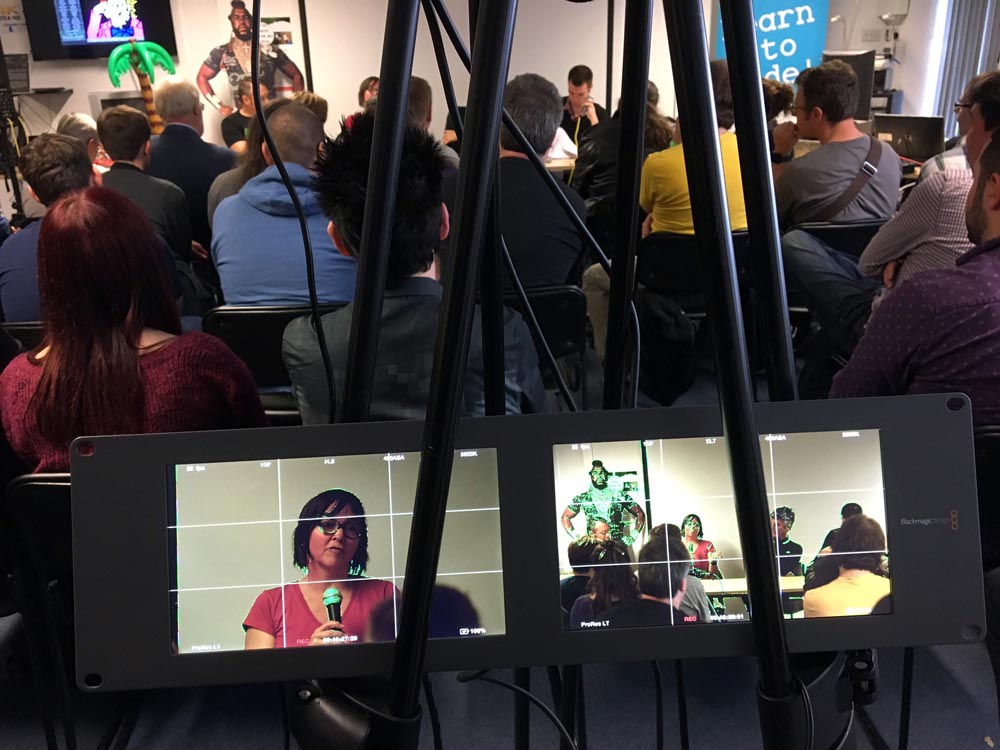
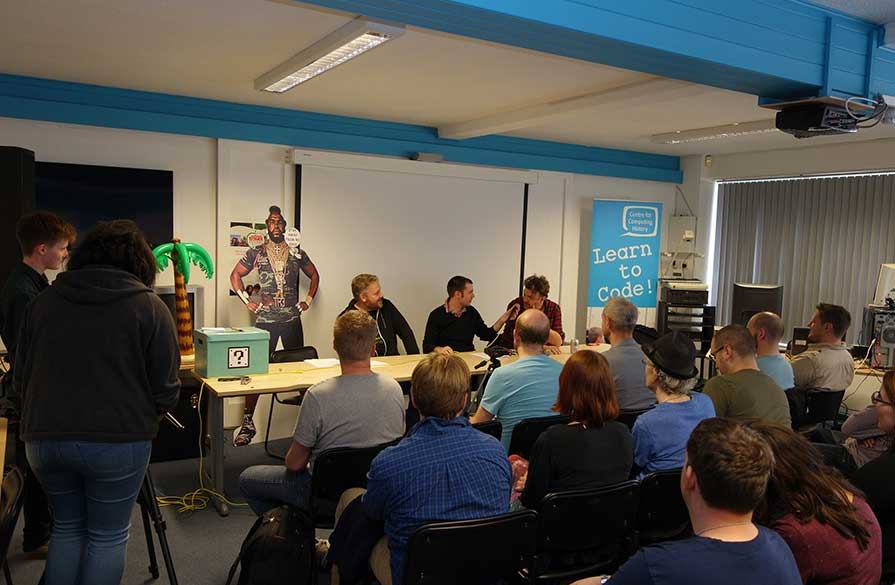
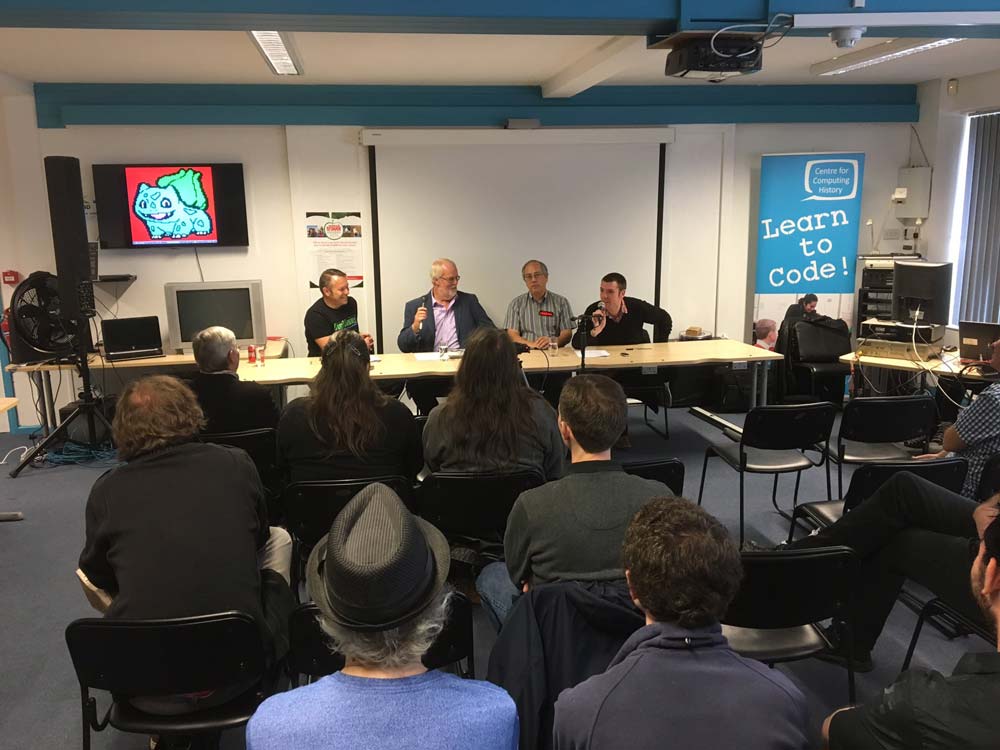
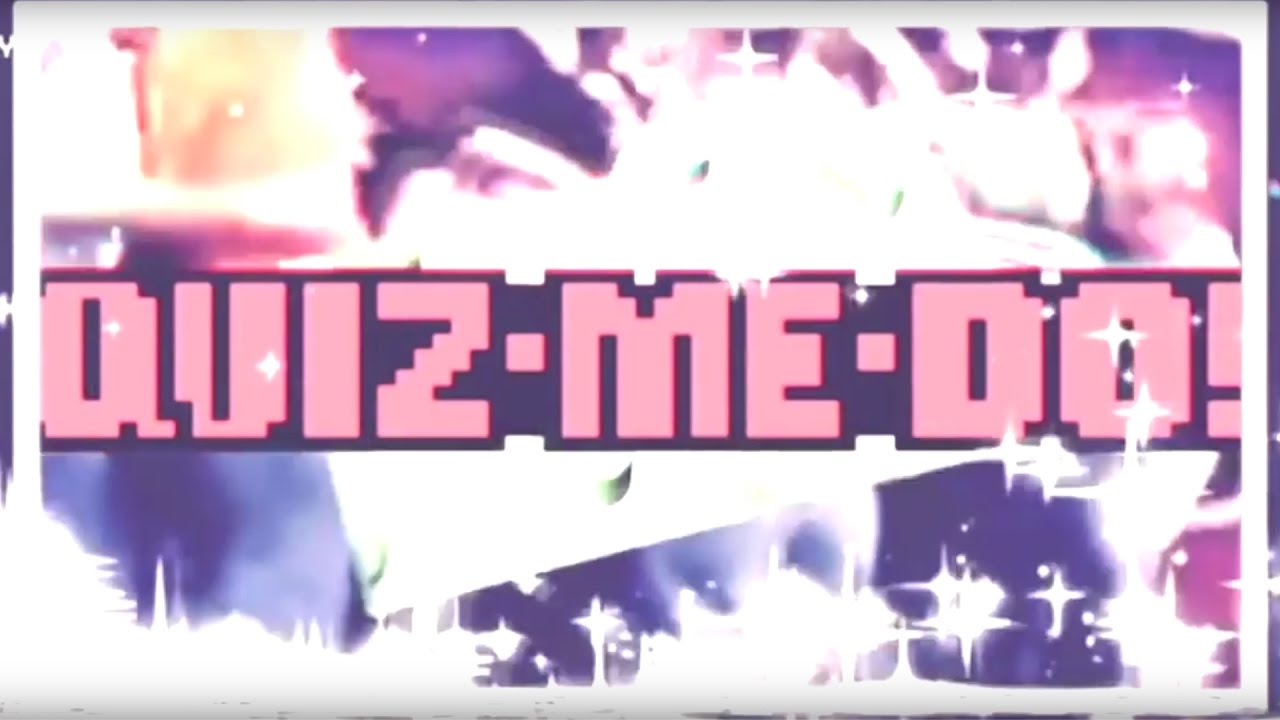
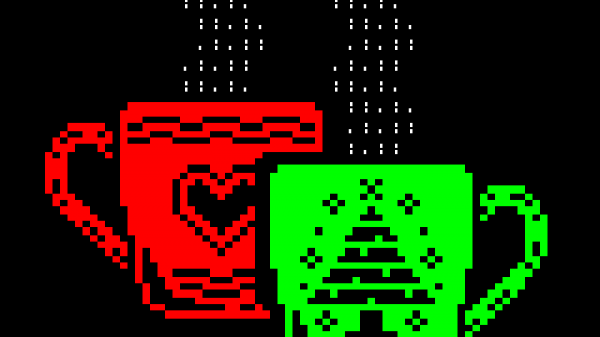

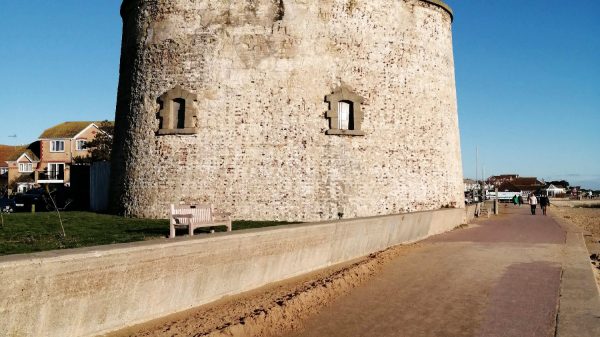
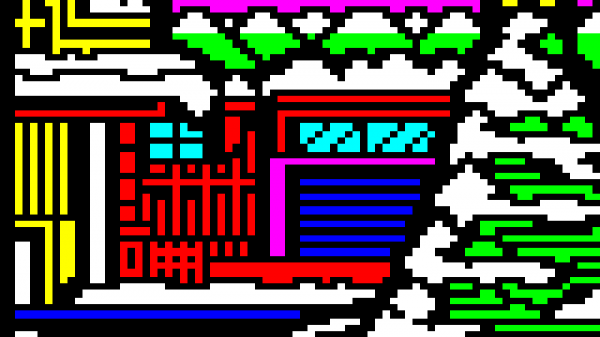
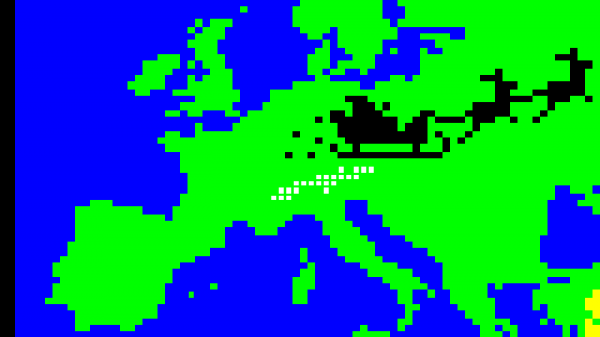

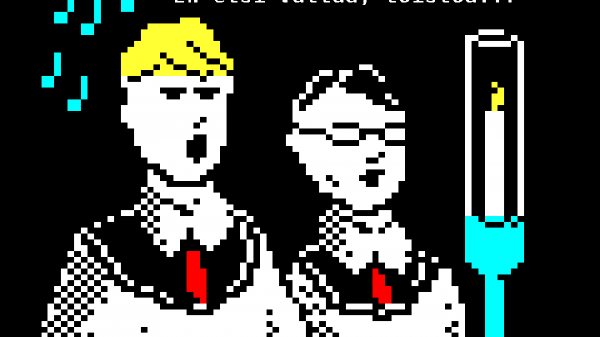
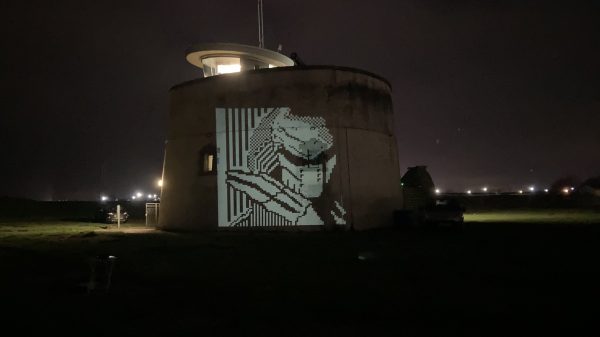
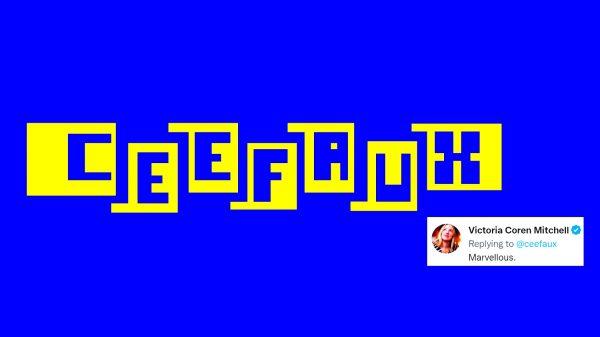
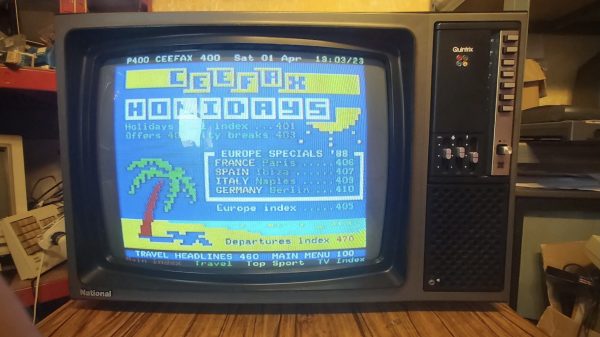
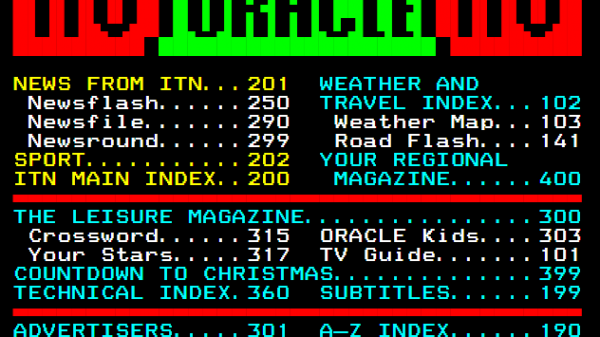
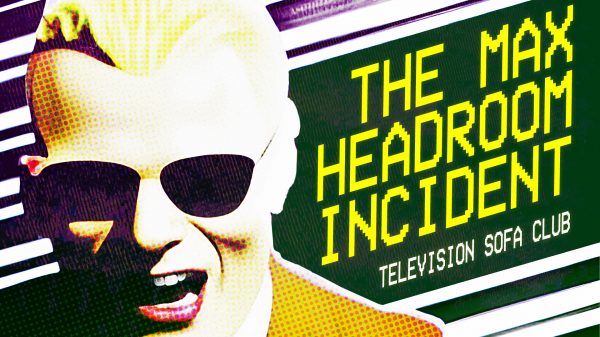
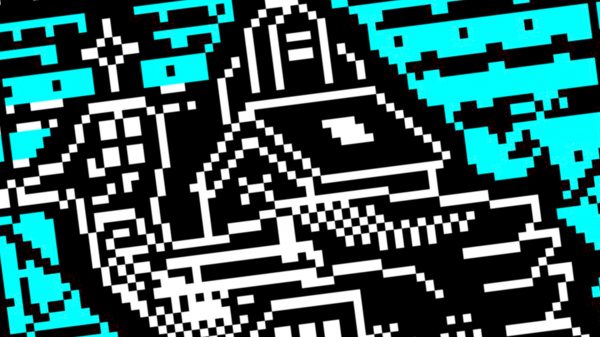
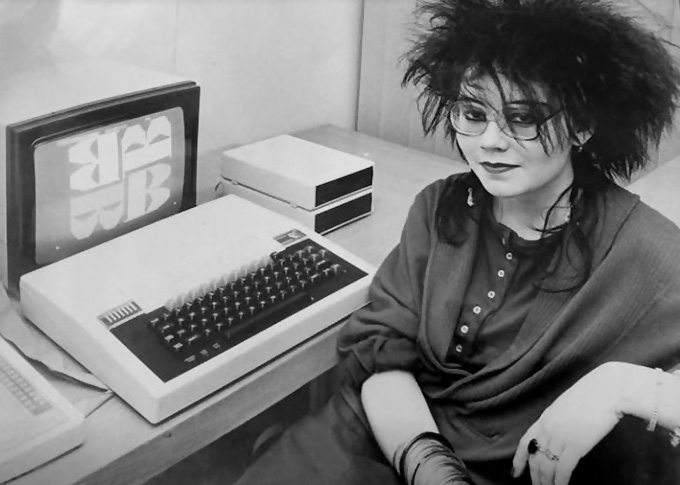
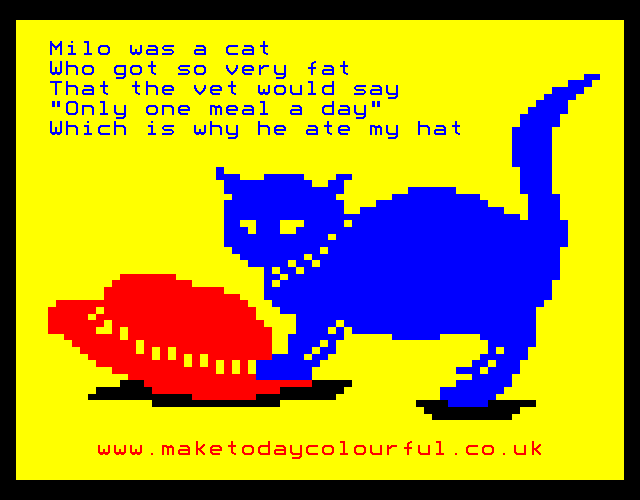
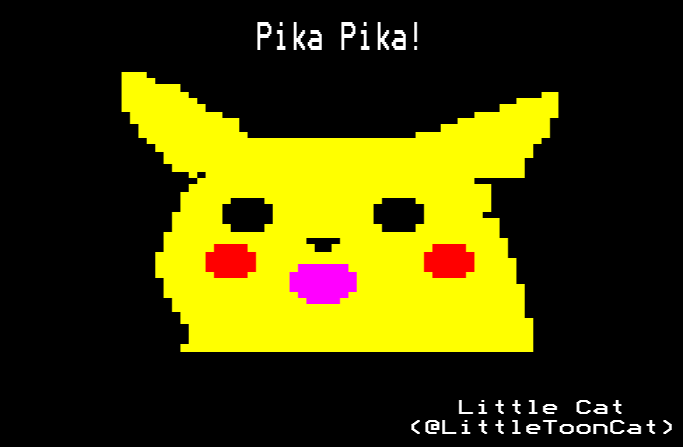
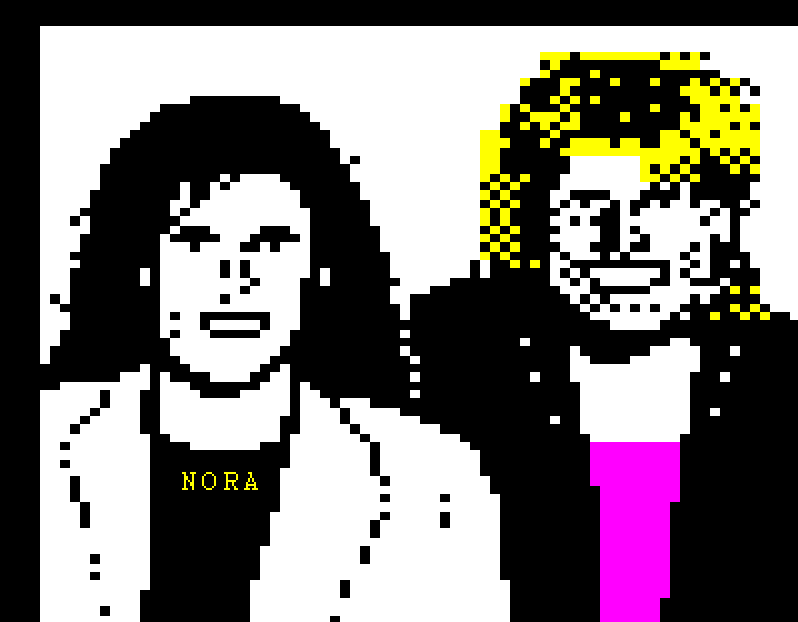
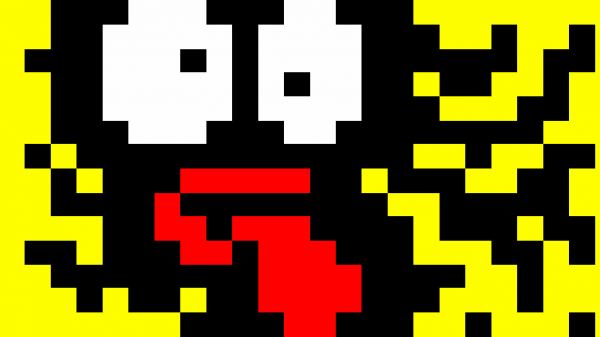
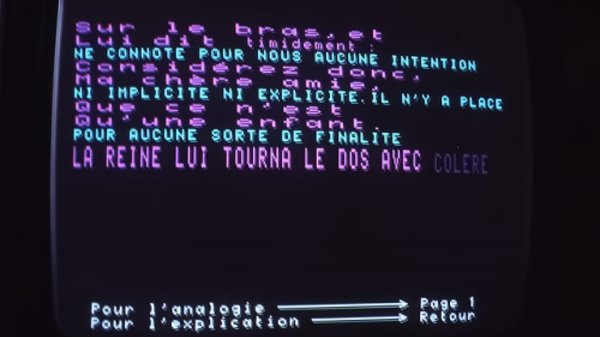
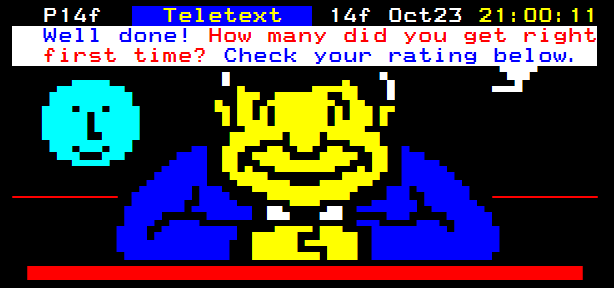
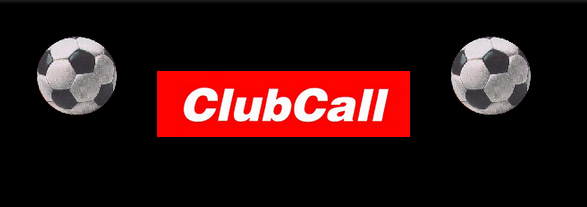
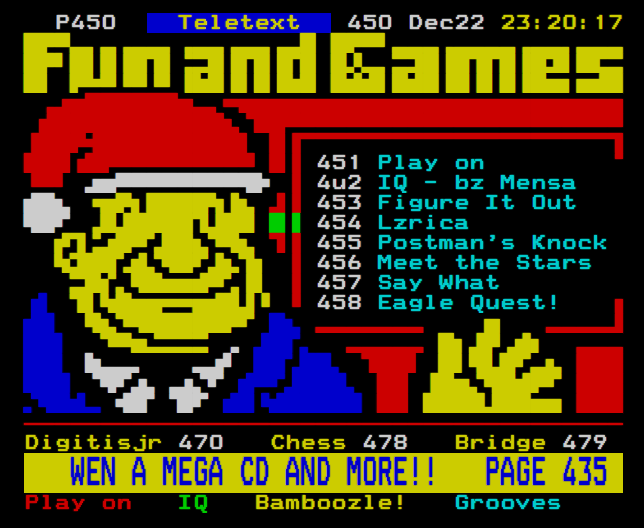
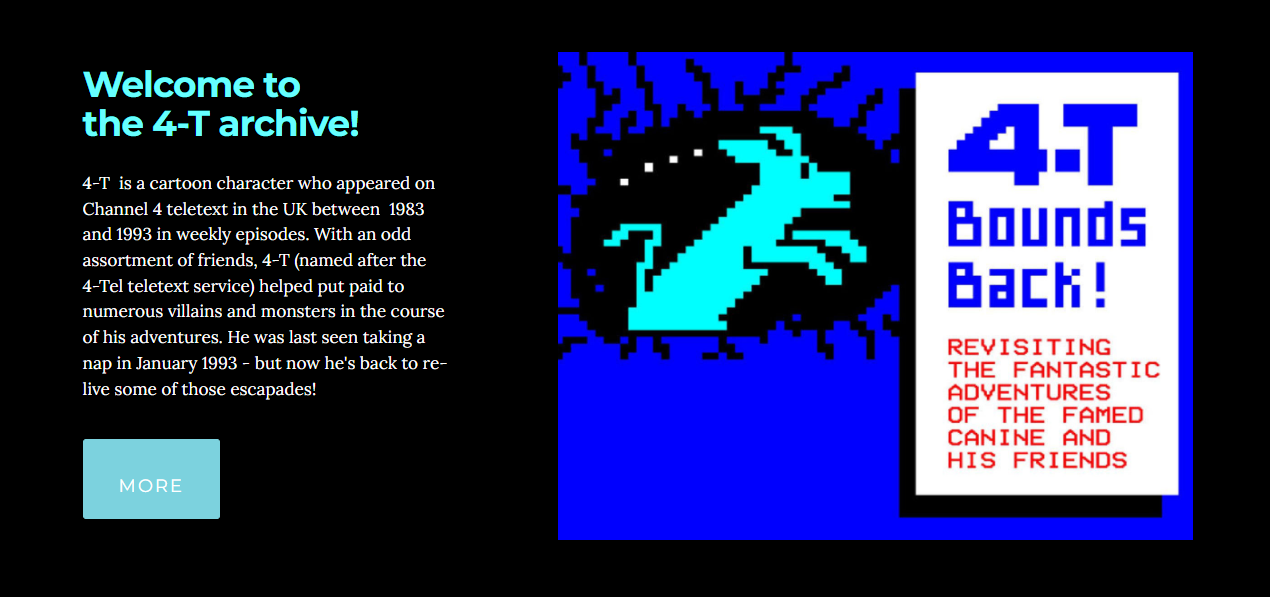

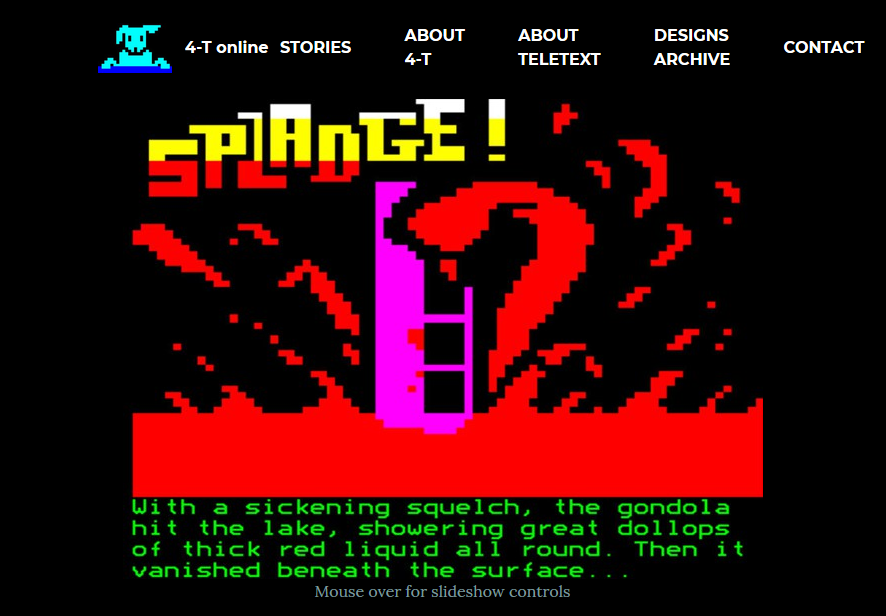

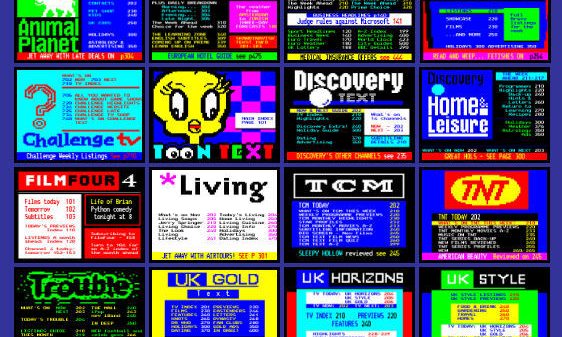
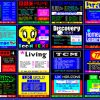
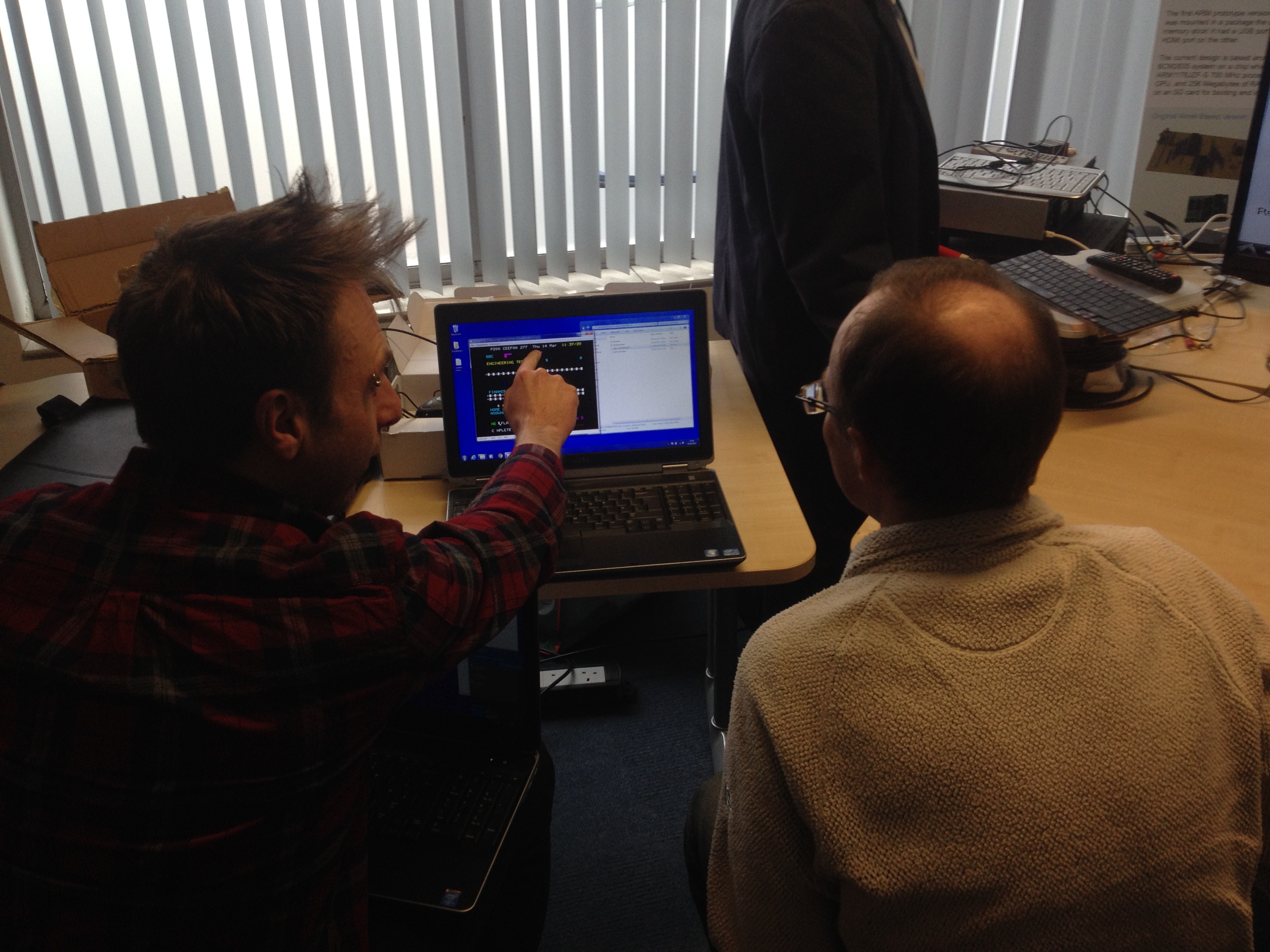
Recent Comments